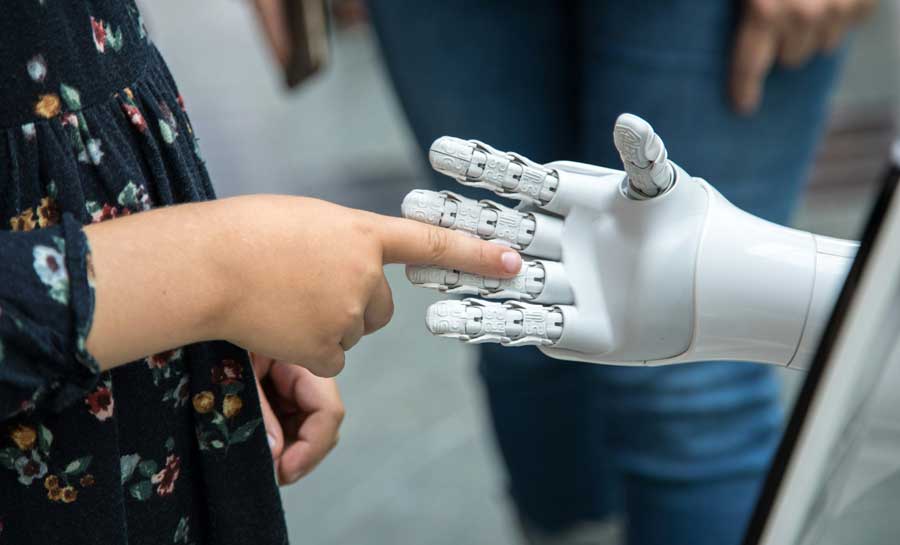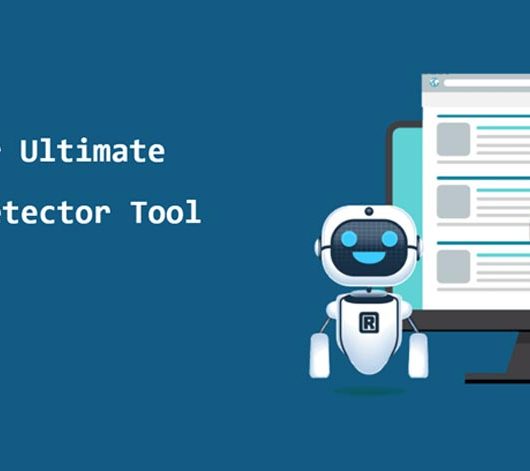Since ChatGPT launched artificial intelligence into the public’s consciousness, AI has been loudly revolutionizing everything from e-commerce search to data analytics. In 2025, the range of AI tools on offer to brands is increasingly diverse and powerful, giving businesses more options than ever about how they incorporate AI into brand strategy.
However, whereas AI was the new kid on the block in 2023, things move fast at the cutting-edge. With as much as 57% of text-based web content now of AI origins, consumers are feeling increasingly sceptical of anything brands have to offer.
When used correctly, AI can supercharge growth and provide deep insights into consumer behavior, and it can still generate customized content to engage your users. On the other hand, overusing AI, or using it in the wrong place, can alienate your customers and damage your brand reputation. In 2025, AI isn’t a one-stop shop for brand-building: brands must strike a balance and use AI strategically to benefit from one of the most powerful new technologies since the internet itself.
2025 Consumer Attitudes to AI
The first step in effective integration of AI across your marketing funnel is understanding consumer attitudes to its use. Knowing when and where AI can amplify engagement, and when it hurts authenticity, means you can take advantage of AI’s full potential while avoiding its pitfalls.
Recent research from Atom.com has found that around half of consumers consider the usage of generative AI in content creation to harm perceptions of brand authenticity. Notably, it’s slightly less in younger consumers who are more willing to accept genAI content, and AI content doesn’t harm authenticity for 56% of 18 — 34s. Meanwhile, a majority of consumers prefer human customer service agents to AI chatbots.
It’s not all negative, however, indicating the need for nuanced integration of AI in branding and customer experience. 92% of consumers find that AI integration enhances their shopping experience, and McKinsey found that three-quarters of consumers expect some degree of personalization from brands.
The crucial distinction for consumers hinges on whether consumers perceive AI usage as genuine and authentic, and they’re quick to see through cheap gimmicks. For example, within personalization, relevant product recommendations are valued more highly than personally addressed communication.
Balancing Act: How to Use AI in Branding in 2025
As powerful as AI tools are for branding and marketing, they must be used delicately. Here’s where AI is having the biggest impact for brands in 2025.
Naming and Brand Background
Your business name is one of the most important early decisions you can make, and yet it’s often rushed by founders who aren’t yet sure of their brand’s direction and identity. AI and the integration of semantic search on naming and domain platforms now allows entrepreneurs to describe their business idea in their own words, effectively providing an agency-level experience at a fraction of the cost.
AI can aid entrepreneurs in discovering the building blocks of their brand — the key assets that customers will come to associate with your product or service.
Prioritizing the Personal
Customized experiences, powered by personal recommendation engines like Netflix’s, and tailored website content can have a huge impact on customer experience as well as conversions. For example, personalized webpage banners allowed the Czech consumer electronics brand HP Tronic to increase conversion rates by 133%.
Likewise, generative AI shouldn’t be seen as a shortcut to building marketing content, and brands should be attuned to the risk of AI content becoming increasingly derivative and generic. Generative AI’s most powerful impact is its ability to create content at scale and, when combined with data analytics, its power to create customized content that celebrates your customers’ individuality.
Capturing Customers with Dynamic Brand Elements
AI tools can now supercharge your brand’s visual identity by generating logos and color schemes to fit every platform or context. For example, AI could generate customized logos based on where consumers are shopping from, or adjust color schemes to adapt to the tone of the products they’re searching for.
While brands shouldn’t allow dynamic brand elements to get in the way of consistent customer experiences, AI can now ensure your brand’s visual identity looks its best across every touchpoint and matches customer expectations for every context.
Data Analytics
Behind the scenes, brands can worry less about how customers perceive AI while leveraging its analytic power to get to know them better than ever. By analyzing customer behavior, preferences, and real-time trends, AI helps marketers personalize campaigns, predict future actions, and allocate budgets more effectively.
These insights go beyond surface-level metrics, revealing deep patterns that humans might miss. Whether it’s optimizing ad performance or identifying new market segments, data analytics turns raw information into strategic action.
Case Study: Coca-Cola’s AI Christmas Ads
In late 2024, Coca-Cola released three AI-generated ads, inspired by their timeless ‘Holidays are Coming’ campaign, updated for the modern era. The usage of AI sparked significant criticism from both the creative industries as well as consumers. However, when consumers were shown the ads without the context that they were created with AI, they were received far more positively.
Similarly, research into the integration of AI in e-commerce search has found that consumers respond more positively to semantic search when there’s no mention of the AI technology at its foundation. Evidently, consumers are ready to appreciate both genAI in marketing content, as well as its functional applications in search and discovery and product recommendation. They remain, however, skeptical of the brands that use it.
That doesn’t mean that we, as brands, should hide our usage of AI. In fact, transparency is crucial to retain authenticity among consumers when using AI. Rather, brands should integrate AI only when it’s genuinely valuable, be open about its usage and highlight a consumer-brand dialogue that ensures customers feel heard.
Human Branding, Aided by AI
AI’s impact on branding can’t be overstated. From hyper-sophisticated data analysis to content-at-scale and dynamic visual branding, the current generation of businesses has more tools than ever to engage, delight, and capture their audience.
Of course, more opportunities for brands also lead to more competition. In this climate, you have to ask how you can use AI to stand out. With the tendency for AI content to become derivative and generic (AI trained on AI trained on AI), brands need to integrate a human touch at key moments, such as social media or in customer service, and integrate AI sensitively according to customer expectations.
Brands can learn from Coca-Cola’s approach, using cutting edge technology to continue the work of a consistently powerful brand. In the words of Dominik Heinrich, head of AI design at Coca-Cola, “AI is an opportunity to be more human again.”










